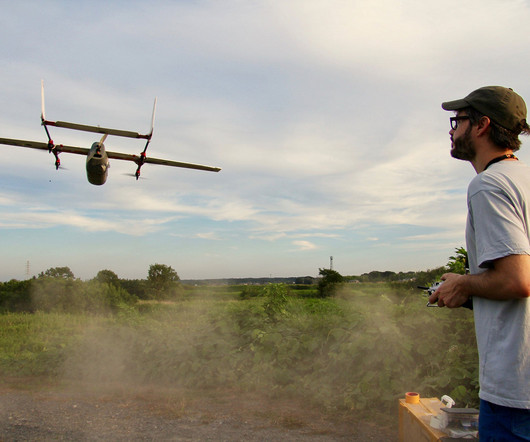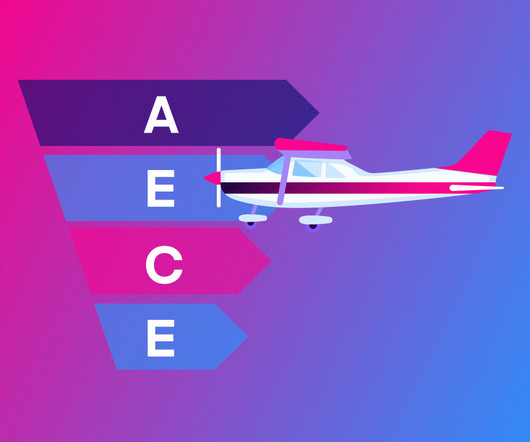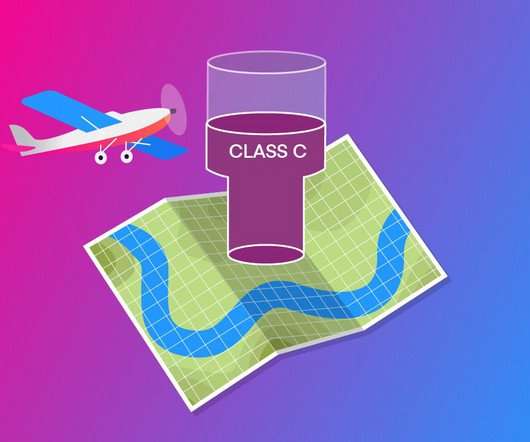Practical Guide to Drone Laws & Regulations for Remote Pilots
Plane and Pilot
AUGUST 14, 2024
That is an enormous number of Unmanned Aircraft Systems (UASs) flying in the National Airspace System (NAS). As the NAS becomes increasingly congested, managing the safe and efficient use of airspace is becoming a growing challenge. Historically, some rules, such as Remote ID, have not been popular with drone pilots.














Let's personalize your content